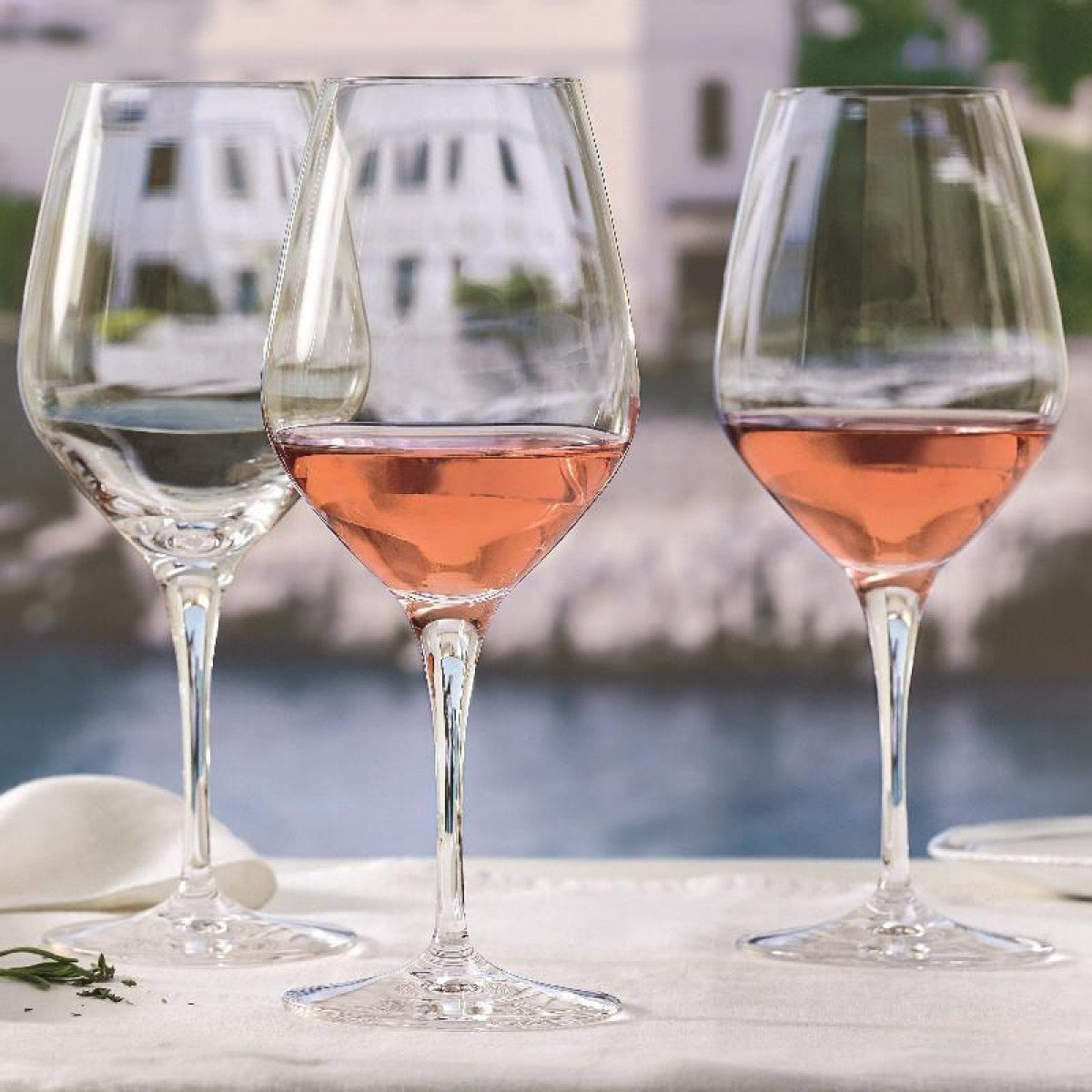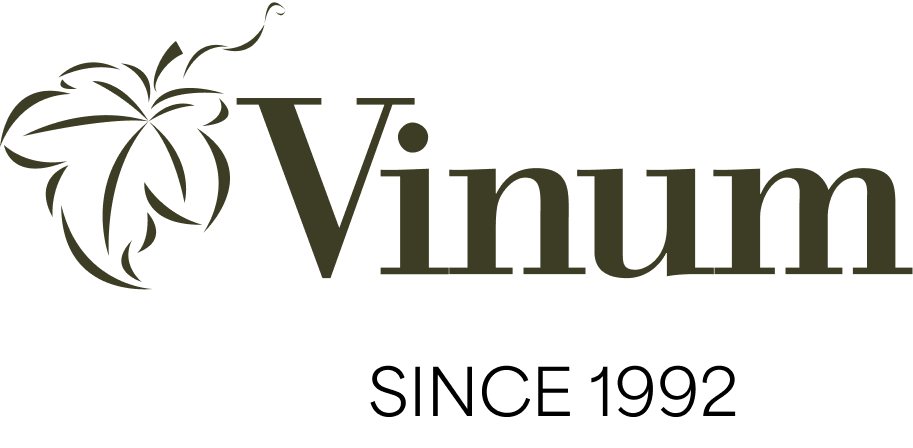
Rosé or Orange? Understanding the Differences and Choosing the Perfect Glass
As the warmer days settle in, the craving for a refreshing glass of wine naturally returns. Rosé wines, true essentials for sunny terraces and summer evenings, make a strong comeback every spring. But how well do we really understand these delicately colored wines? And what about orange wines — often confused with rosés, yet entirely different in character?
The different types of rosé wines
Contrary to popular belief, rosé wines are not simply a blend of red and white wine (a practice that is actually prohibited in most wine-growing regions). Here are the main methods of producing rosé:
- Direct pressing: This method is the most common and involves pressing grapes from black-skinned, white-juice grape varieties, then quickly separating the juice from the solids, giving it an abundance of fruit and freshness. Its color will be determined by the grape variety and the length of pressing. It is perfect for aperitifs and spring and summer celebrations.
- Saignée: One of the oldest winemaking techniques, famously used in wines like Clairet from Downtown Abbey. Pale-skinned grape varieties like Cabernet Franc and Pinot Noir are left to macerate with their skins just long enough to achieve balance in both color and roundness. These rosés are more gastronomic in style, pairing beautifully with seafood and spicy dishes.
Popular appellations:
-
Provence (France): Light, dry, and very pale — often made with Grenache, Cinsault, or Syrah.
-
Tavel (Rhône Valley, France): A deeper, food-friendly rosé, bordering on a light red. Made from up to nine permitted grapes, primarily Grenache, Syrah, Mourvèdre, and Cinsault. Pairs well with spicy, colorful, or exotic dishes.
-
Rosato (Italy): Typically fruitier or more structured, depending on the region.
Rosé wine vs. orange wine: Don't Be Folled by the Color
While their colors may sometimes look similar, rosé and orange wines come from completely different winemaking processes:
-
Rosé wine is made from red grapes, but vinified like a white wine — with little skin contact.
-
Orange wine, on the other hand, is made from white grapes, vinified like a red — meaning prolonged skin contact during fermentation. The result? Tannic, structured wines with flavors of dried orange peel, nuts, or warm spices. Despite their copper or amber hue, their texture and grip are more like a red wine than a rosé.
In summary:
🔴 Rosé = red grapes, little maceration.
🟠 Orange = white grapes, long maceration.
The perfect glass for rosé wines
To truly enjoy a rosé at its best, it’s important to choose the right glass. A slightly flared white wine glass works beautifully, as it:
-
Maintains the wine’s refreshing temperature.
-
Helps release delicate aromas like strawberry, peach, and white flowers.
-
Accentuates the wine’s lightness, fruitiness, and crisp acidity.
🔍 Our recommendations :

Zalto glass (above) The Riedel Veloce Rosé or Italesse Vertical Wine Glass are excellent choices. Their finesse and shape allow for a beautiful expression of aromas while maintaining an ideal temperature.
And for orange wines, which glass should you choose?
Orange wines, often more tannic and complex than rosés, deserve a glass that reflects their unique structure. It's recommended to use a tulip-shaped or balloon-shaped red wine glass, slightly wider than one used for white or rosé wine. This allows for:
- Better aeration, essential to release the sometimes oxidative or spicy aromas of orange wines.
- To temper their slight astringency and highlight their aromatic richness.
- To appreciate their more structured body, sometimes comparable to a light red wine.
🔍 Our recommendations:
 A glass like Sydonios' Subtil (above) or a Riedel Veritas Syrah (Old World) or Riedel Vinum's Pinot Noir (New World) allows orange wines to express themselves fully, whether it's a Catalan Macabeu, a Georgian Skin-Contact or a Friuli Pinot Gris.
A glass like Sydonios' Subtil (above) or a Riedel Veritas Syrah (Old World) or Riedel Vinum's Pinot Noir (New World) allows orange wines to express themselves fully, whether it's a Catalan Macabeu, a Georgian Skin-Contact or a Friuli Pinot Gris.
And what about pink champagnes?

Rosé champagnes deserve a special mention in the world of rosé wine. Produced in the Champagne region, they combine finesse, effervescence, and complexity. There are two main methods for producing rosé champagne:
-
Blending : The most common method, which involves adding a small amount of red Champagne wine (often Pinot Noir or Meunier) to a white base wine before the second fermentation in the bottle.
-
Maceration (or “bleeding”): Less widespread, this method involves a short maceration of black grapes to extract color and aromas, as for a still rosé wine.
Rosé champagnes often offer aromas of red fruits, brioche, and sometimes dried flowers. They are perfect as an aperitif, but can also accompany a full meal—particularly dishes made with salmon, duck, or even certain red fruit desserts.
🔍 Our recommendations :
Spiegelau's Definition of Champagne Glass (above) , Gabriel-Glas StandArt , Riedel Superleggero Champagne Glass are excellent choices to enhance a rosé champagne, whether as an aperitif or at the table.
Share

